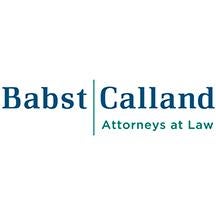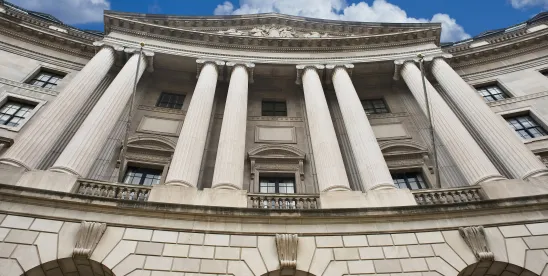On July 22, 2025, the U.S. Environmental Protection Agency (EPA) published a Direct Final Rule and a Companion Proposal in the Federal Register to extend certain compliance deadlines for coal combustion residual (CCR) management units (CCRMUs) regulated under EPA’s May 2024 Legacy CCR Rule, under which certain inactive CCR surface impoundments and landfills became subject to federal regulation under existing EPA CCR rules. The Direct Final Rule is effective on January 22, 2026, unless EPA receives adverse comments by August 21, 2025. Comments are also due on the Companion Proposal by August 21, 2025.
As described in detail in an earlier Babst Calland Environmental Alert, CCRMUs are inactive CCR landfills and other land-based disposal areas that had previously not been regulated under EPA’s CCR rules. Under the Legacy CCR Rule, facilities covered under the rule are required to conduct an extensive, two-part investigation known as a Facility Evaluation Report (FER) to determine whether CCRMUs are present and therefore subject to the groundwater monitoring, corrective action, closure, and post-closure care requirements in EPA’s CCR rules.
The Direct Final Rule allows facilities to submit both sections of the FER at the same time, provided that both reports are submitted no later than February 8, 2027. Facilities were initially required by the Legacy CCR Rule to submit Part 1 of the FER by February 9, 2026, and Part 2 of the FER by February 8, 2027. EPA is also extending the deadline for groundwater monitoring requirements (groundwater monitoring system installation, development of sampling program, and initiation of monitoring) for CCRMUs until August 8, 2029, from the original deadline of May 8, 2028, on the grounds that the original deadline did not provide sufficient time to come into compliance. Consistent with that extension, EPA has also revised the deadline for completing the initial groundwater monitoring and corrective action report to January 31, 2030, from January 31, 2029, extended the deadlines for preparing closure and post-closure care plans to February 8, 2030, from November 8, 2028, and extended the deadline for initiating closure to August 8, 2030, from May 8, 2029.
Along with the Direct Final Rule, EPA also published a Companion Proposed Rule which would serve as the Proposed Rule to adopt the provisions in the Direct Final Rule if adverse comments are received. In the Companion Proposed Rule, EPA is seeking comment on an alternative to extend the deadline to prepare Part 2 of the FER by 12 months and whether to extend the other compliance deadlines in the Legacy CCR Rule.
Additionally, on July 10, 2025, EPA published a memorandum providing important clarifications on its previously released memorandum entitled Considerations for the Identification and Elimination of Free Liquids in Coal Combustion Residuals (CCR) Surface Impoundments and Landfills (40 CFR Part 257, Subpart D) (“Free Liquids Memo”). The Free Liquids Memo was published by EPA in the docket for the final Legacy CCR Rule.
The presence or absence of free liquids in a CCR disposal unit is critical to determining the threshold question of whether the unit is a legacy surface impoundment subject to the Legacy CCR Rule, and to whether a legacy impoundment may be closed with CCR remaining in place. The Free Liquids Memo provided regulated entities with information on EPA’s views regarding available methods for determining whether free liquids are present in CCR units, as required by the CCR regulations. In the July 10th clarifying memorandum, EPA acknowledges that the Free Liquids Memo caused confusion, including among the regulated community. EPA’s July 10th memorandum provides that the Free Liquids Memo “does not impose legally binding requirements on the EPA, states, or the regulated community. It is not a regulation, nor does it augment or modify the existing regulations.” Importantly, EPA states that the Free Liquids Memo should not be relied upon or used by EPA personnel when implementing the regulatory requirements in the CCR rules. EPA also intends to provide further clarification on the “free liquids” issue at another time.






 />i
/>i

